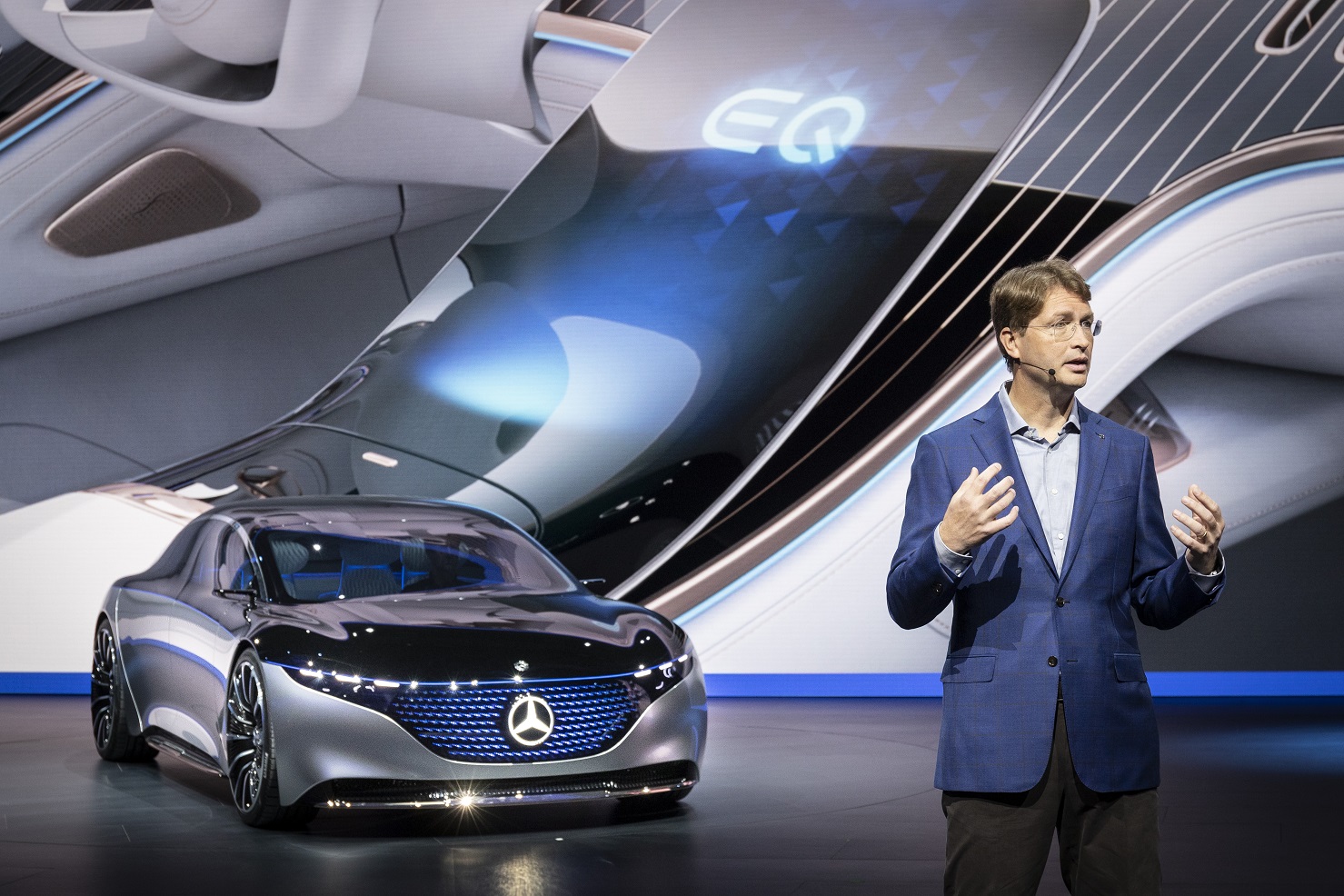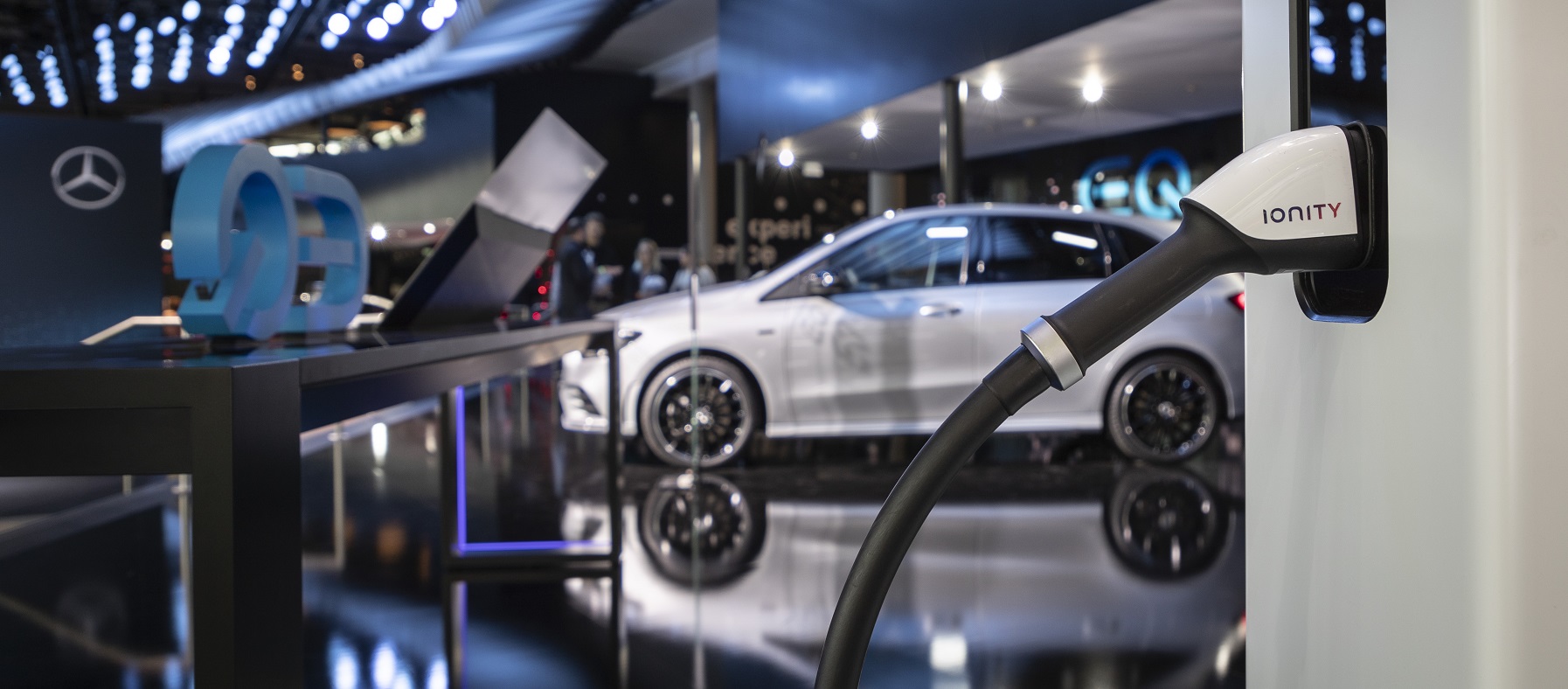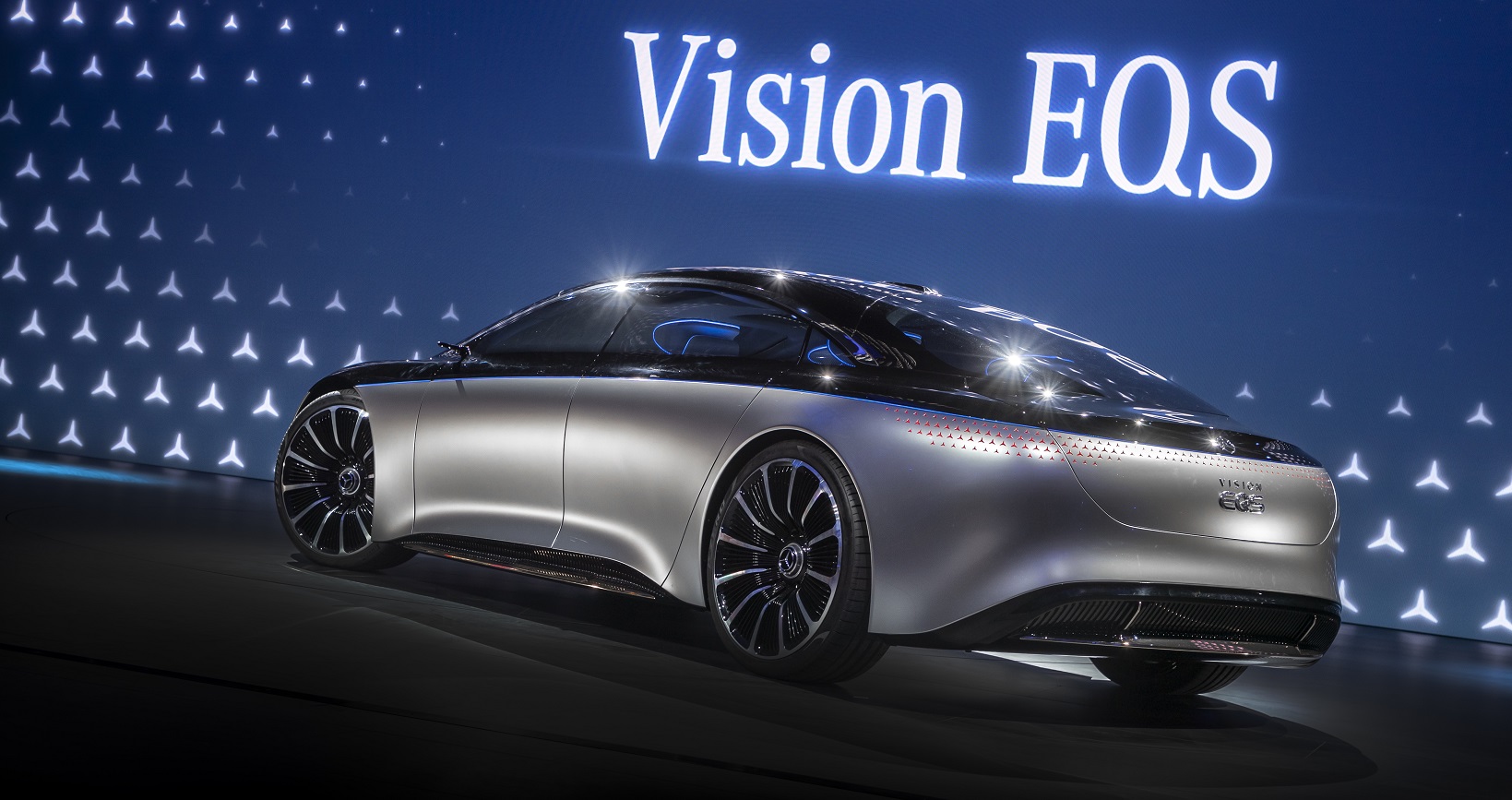
Much of what you’re about to read is speculative, such is the nature of many developments surrounding automotive electrification in Malaysia. From talks of a fully-electric third national car to the uncertain longevity of customised tax incentives that leave carmakers struggling to form sustainable business plans focused on EVs and PHEVs, going electric has never been a clear cut thing for us.
Mercedes-Benz Malaysia’s on-and-off pursuit in this area with its ‘Switch to EQ’ initiative exemplifies the volatility of the subject. But the Vision EQS that broke cover recently in the Frankfurt Motor Show could shift the tides towards a carbon-neutral future as part of Mercedes’s “Ambition 2039”, both globally and locally, once it makes its way onto the production line.

In essence, the EQS will be to the EQ brand, what the S-Class is to Mercedes-Benz. It is Stuttgart’s way of saying it has attained as much EV mastery as a manufacturer possibly can in 2019, and here’s a flagship product to prove it. But the road to production is a long one. The Mercedes EQC took three years to go from a Paris Motor Show concept to a showroom-ready vehicle, and boy has the wait paid off; its 450km of touted range and 700Nm of torque has convinced enough people for Mercedes boss Ola Kallenius to admit they’re struggling to keep up with demands all across the globe.
Amidst the hype, it’s easy to forget that the EQC is actually the first fully-electric production vehicle to be commercially sold by the three-pointed star. Even in Malaysia where adoption for such technologies is typically slow, EVs have been in the market for years thanks to the likes of Nissan and Renault. BMW has officially joined the fray too with the i3s.
But Mercedes’s electric strategy is a classic example of going big instead of going home. And we mean that in a literal sense; its second production EV – the EQV – is an eight-seat van that will do 400km on a full charge. If that’s not big enough, the brand also has something called the eCascadia, a 15-tonne truck with a battery big enough to give your smartphone a thousand full charges. We doubt you’ll see any vehicle of this sort brandishing the Tesla logo in the near future.
That said, a car like the EQS will test Tesla’s dominance in the electric passenger car segment as the Porsche Taycan springs another assault from a different corner of Stuttgart. In markets where Elon Musk’s influence isn’t as strong – or virtually inexistent in Malaysia’s case – history is on Mercedes-Benz’s side. Like the S-Class of decades past, the EQS might have the clout to define what’s desirable in a car in years to come.
Back in the day, our fathers purchased Japanese saloons packing features found in continental cars they couldn’t yet afford. Even now, young professionals are buying into AMG Line and M Sport models while they wait for the windfall needed to afford the real deals. And the EQS might have a similar cascading effect on more affordable EVs once it goes on sale.
By then, the EQC will likely be on sale in local showrooms, possibly alongside a production-ready version of the Concept EQA and a slew of plugin hybrids – Mercedes expects EVs and PHEVs to account for more than half its sales by 2030 – as other mainstream carmakers try to push EVs of their own onto Malaysian roads. Naturally, this future is dependent on a sustainable charging infrastructure, which is beginning to take shape in the Klang Valley, albeit at a snail’s pace.
Progress outside KL is harder to predict. But like supercar owners who enjoy the solitude of the suburbs, we believe those sold by the idea of zero-emission luxury preached by cars like the EQS will find a way to incorporate electrification into their daily drives no matter how the odds stack up against them.


